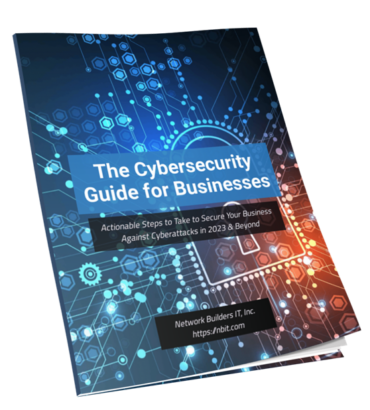
Zero Trust: What It Means and Why It’s Important for Cybersecurity
Tips From Your Experts in Cybersecurity Risk Assessment in San Antonio TX
In today’s era of cloud computing, people and organizations are more connected globally than before. The traditional strategy for cybersecurity previously relied on firewalls that streamlined incoming and outgoing traffic, but this is no longer an effective approach in today’s connected world. Zero Trust assumes no barriers or eviction of boundaries between the outside world and an organization. It can also be thought of as reparameterization.
What is Zero Trust in Cybersecurity?
Zero Trust is a cybersecurity framework that concludes that a network’s security is constantly at risk of internal and external threats. It follows an “always verify, never trust” approach which states that a user needs to identify themselves before being granted a resource by undergoing a series of verification steps. It assists in countering the threats.
Zero Trust imposes access policies regarding user location and role, the data in the request, and the user device, prohibiting edgewise movement and inappropriate access. Setting up the zero-trust framework requires the following:
- Control of environment traffic and its users
- Visibility inclusive of the encrypted data
- Verification and monitoring of environmental traffic between linked devices
- Firm multifactor authentication inclusive of one-time codes and biometrics
How Can Organizations Set Up a Zero Trust Environment?
Zero Trust focuses more on secure access, user identity, and segmentation. It has three core principles that constitute designing a cybersecurity environment, namely:
- Stop every connection—Firewalls employ the “passthrough” approach, which counterchecks files being sent. If a malicious file is found, using the zero trust approach, terminate the connection, and allow a proxy architecture to examine all traffic in real-time before the files reach their destinations preventing malware and ransomware, among others.
- Minimizing risk by terminating attack surface—Through this approach, users link directly to the resources and applications they require, not networks. App-to-app and user-to-app links end the risk and prevent infected devices from contaminating other resources.
- Protect data using policies—Zero Trust approach approves access rights and requests upon satisfying the framework guidelines such as content type, user device, identity, application in demand, and location. User access rights are continuously reassessed per dynamic context changes.
Why Should Organizations Adopt Zero Trust?
Today’s lucrative cloud environments allow cybercriminals to attack, destroy, and steal business-sensitive information. Zero Trust mitigates the severity and impact of cyberattacks by reducing the attack surface, reducing the cost and time used to respond to attacks and incidents, and clearing up the breach.
Many experts believe this approach to be the most effective way of managing cyber security. The improvement in visibility makes it easier for security and IT administrators to tackle violations with assistance from the chief information security officer.
Organizations and businesses should adopt the zero-trust approach as it has the following benefits:
- Provides controlled access over container and cloud environments—its security procedure is established according to identity attributes of linked workloads and the project at hand.
- Improves Trust and supports compliance—This approach helps in IT auditing processes with adherence to system capability and compliance standards.
- Reduces organization and business risk—By applying policies based on the identity of linked workloads.
- Lowers risk potential—Applying the principle of “always verify, never trust,” every foreign entity is termed hostile; hence, every request is thoroughly counterchecked, authenticating and assessing the devices and users before the appeal is granted.
Cybersecurity in San Antonio TX
In conclusion, Zero Trust is a crucial paradigm shift in cybersecurity that places emphasis on verifying and securing every user, device, and interaction within your network. With the ever-growing threat of data breaches and cyber-attacks, it’s essential to implement Zero Trust principles to enhance your security measures. If you are looking for San Antonio cybersecurity services, at Network Builders IT, we can help you implement these security measures efficiently and effectively. Don’t wait until it’s too late – safeguard your business today by contacting Network Builders IT for top-notch cybersecurity services in San Antonio.

